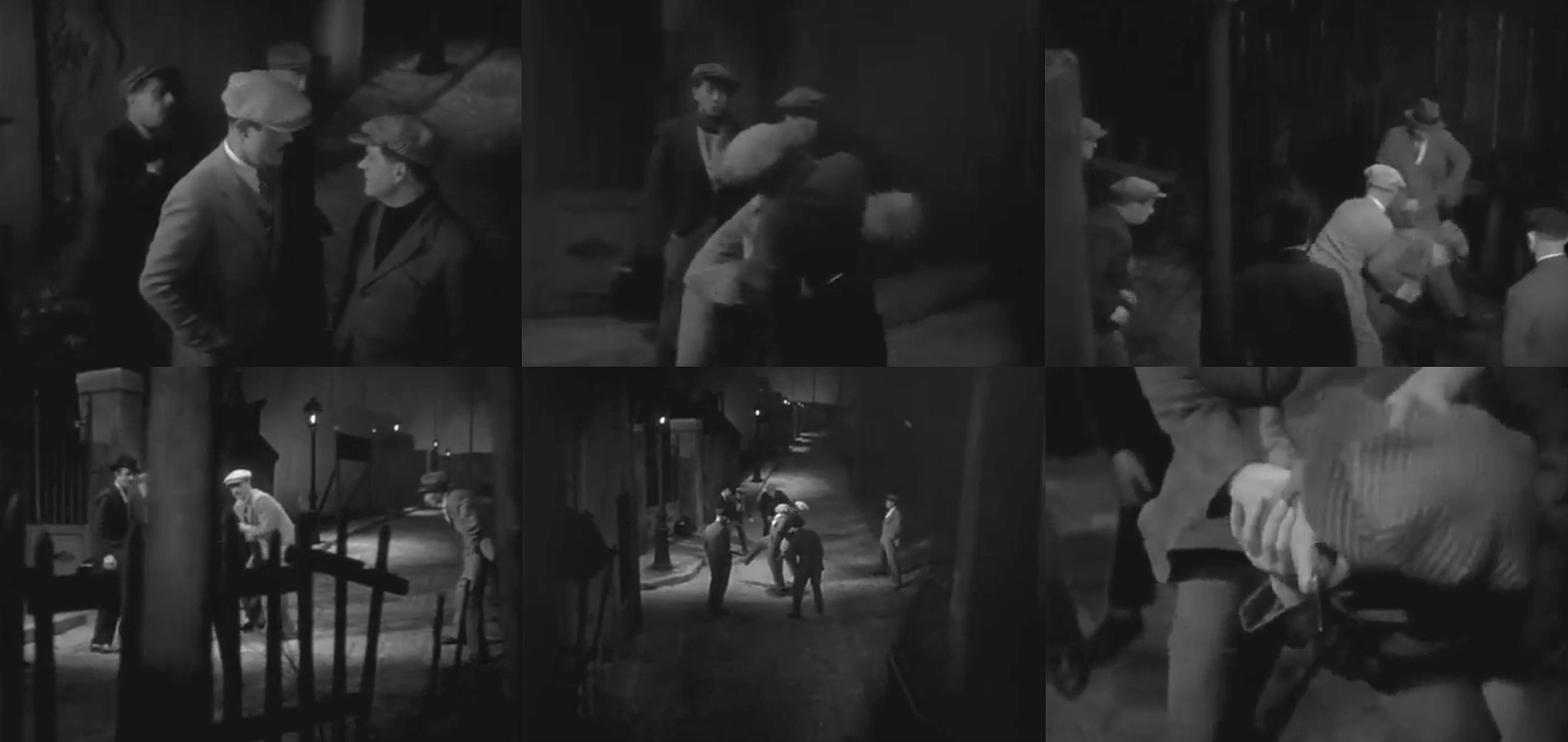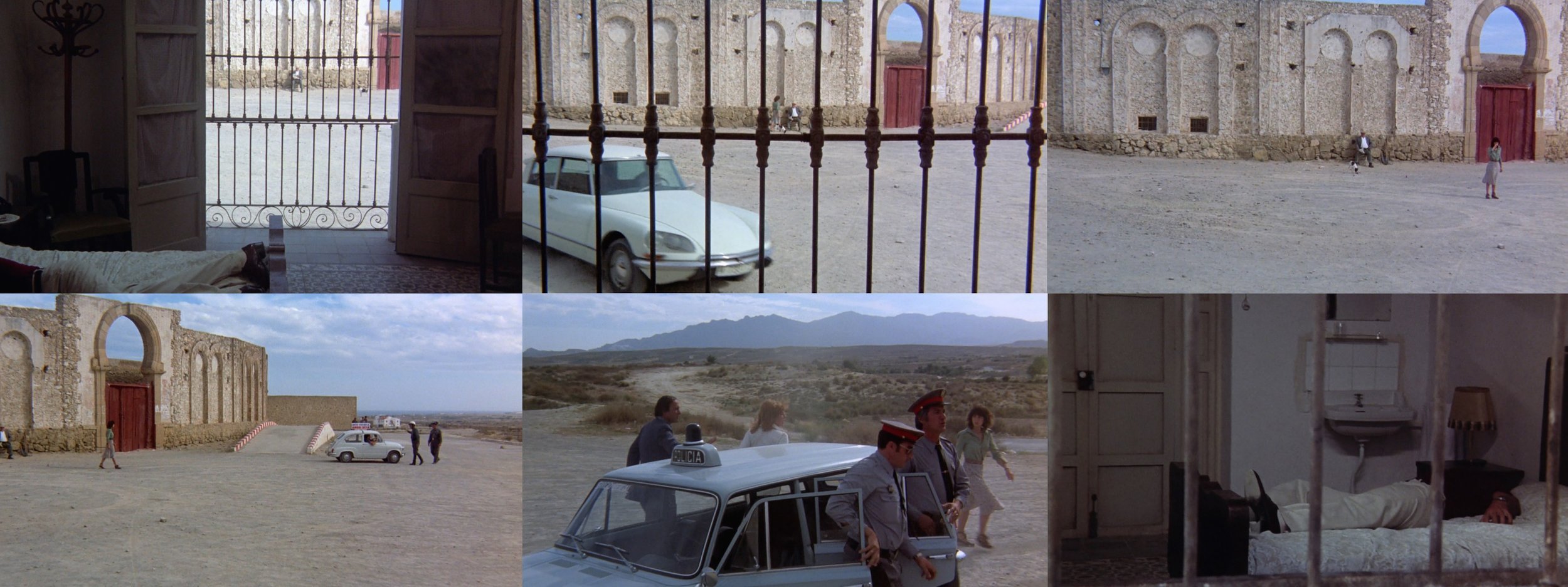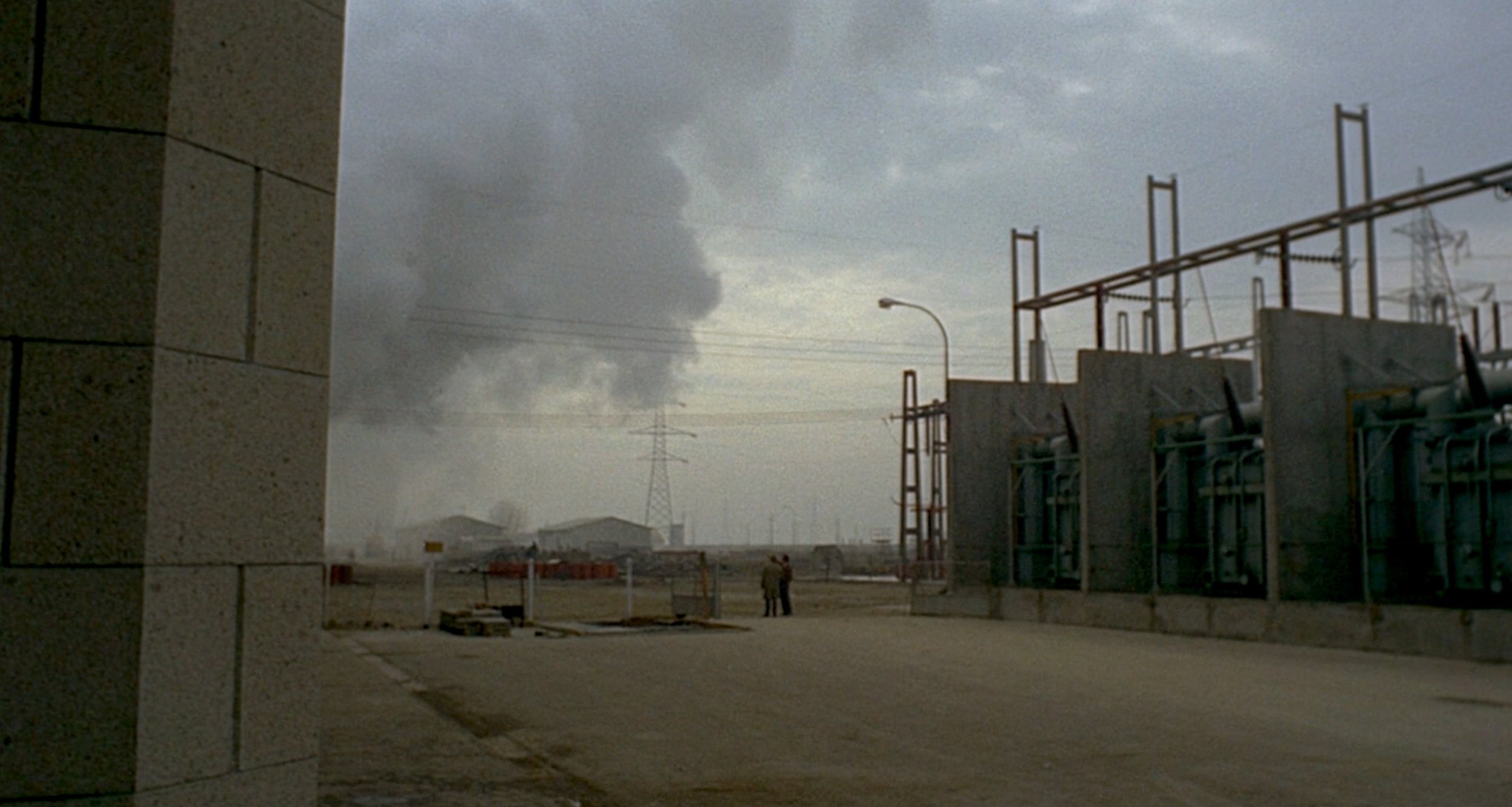NOTES DRAFT 2.0
“Now as you say seeing the film is a very physical experience. (I can’t understand why you didn’t also say ‘hearing’ it because the sound, its qualities, relationship to the image, effect, are so important to the whole thing)” [Letter from Michael Snow to Peter Gidal on the subject of ‘Back and Forth’, 1968-1969]
PART I_THE CINEMA AS LISTENING SPACE
Listening•00. Introduction 01. Attention 02. Signal and Noise 03. The Real and the Realist 04. Three Modes of Listening 05. A Brief History of 20th Century Listening 06. Head Space 07. Stochastic Resonance 08. Quiet Silence 09. Evolution 10. The Ear 11. The Ventriloquist Illusion 12. The Cocktail Party Effect
Spectatorship•13. The Transsensorial 14. The Visual Aspect of Music and Theatre 15. Ritual 16. Disciplined Contemplation and Musicking 17. Cinema Protocol 18. The Invisible Cinema
The Cinema•19. Focus Space 20. Gulliverisation 21. Private/Public Spectacle 22. Vibrational Space 23. Electroacoustic Expansion 24. Film in the Art Gallery 25. Beyond the Black Box
PART II_FILM AS A SONIC MEDIUM
Film•26. Compelled to Listen 27. Survival 28. The Still Image 29. Quietly 30. Language and Thought 31. Audiovisual Ambiguity 32. The Absent Image 33. Communication and Surveillance 34. Beyond the Anthropocene 35. The Tactile Dimension 36. The Industrial Symphony 37. Listening in Time 38. The Experimental Soundtrack 39. Subjectivity 40. Noise of the Medium 41. Cinema of Atmosphere 42. Science, Horror, War 43. The Sensorial 44. Contrapuntal / Asynchronous 45. Towards a Sound Film



































